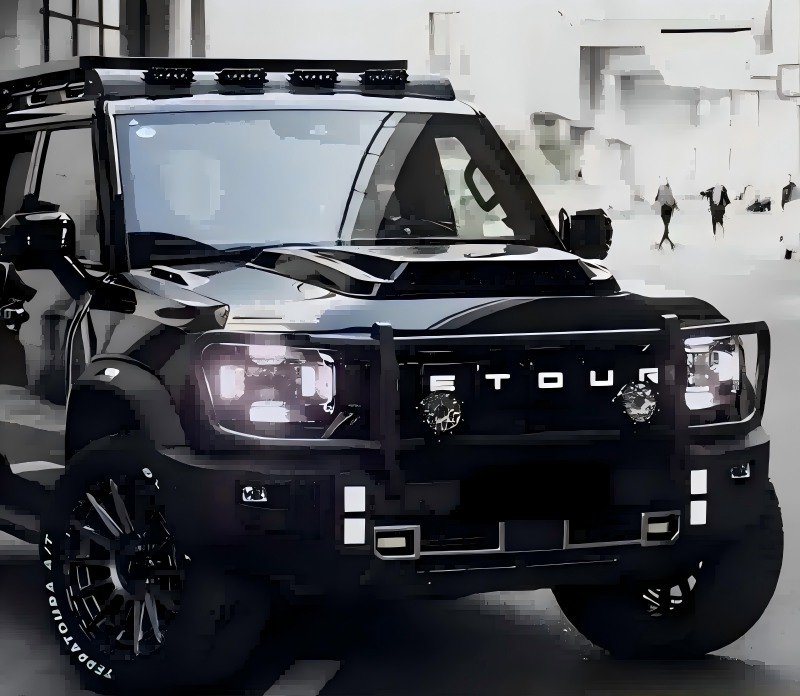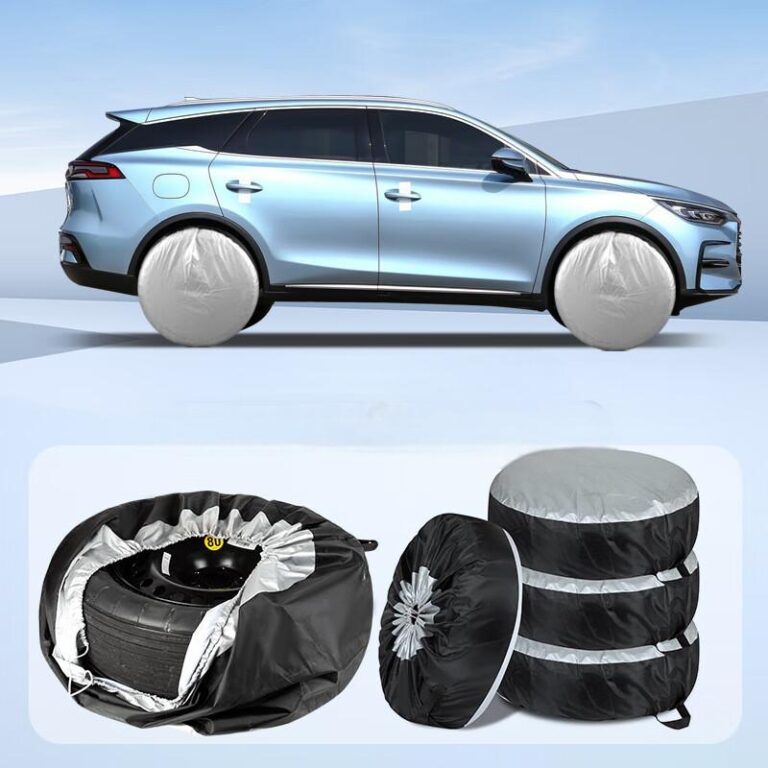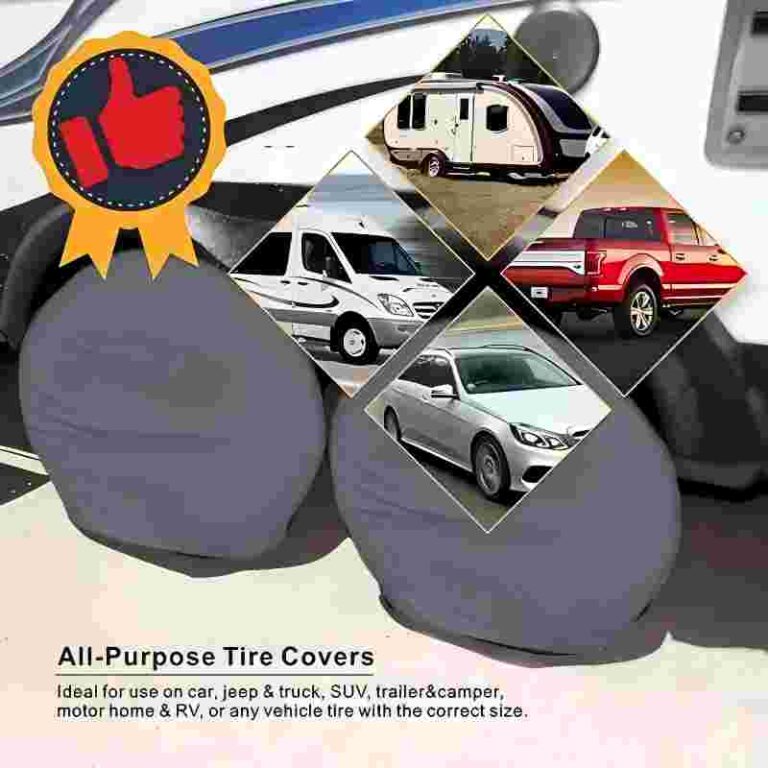-
Xingming Road, Yanyuan, Xingtan, Shunde, Foshan, Guangdong

The Ultimate Guide to Car Bumper Installation in 2025: 6 Key Points to Ensure Driving Safety and Beauty
Abstract
According to the latest report of the American Automotive Aftermarket Association (AASA), more than 68% of car owners have installation errors when modifying bumpers. This article systematically analyzes the six core technical points of front and rear bumper installation, combines SAE international standards with technical manuals of manufacturers such as Toyota and GM, and provides a complete solution including key links such as tool selection, positioning calibration, and anti-rust treatment. By citing NHTSA collision test data and 3M adhesive laboratory research, it reveals the significant effect of professional installation on improving driving safety by 23%.
1. Material adaptation determines the installation basis
• According to MIT Material Laboratory research, the difference in thermal expansion coefficient between ABS plastic and metal frame is 5.8×10^-5/℃, and forced mixing will cause cracking of the joints • Recommended combination: steel frame + galvanized steel bumper (thermal matching degree 98%), aluminum alloy frame + 6061-T6 bumper (certified by the American Aluminum Association) • External link reference: American Society for Testing and Materials ASTM B209 standard
2. Accurate application of three-dimensional positioning system
• Use Bosch GLM400 laser rangefinder to control the error within ±1.5mm • Toyota technical manual requires: The gap between the bumper and the fender should be maintained at 3-5mm (TIS-2022 standard) • Example demonstration: The front bumper of BMW G30 needs to be aligned with the headlight section reference line (BMW TIS document)
3. Composite fixing technology system
- Mechanical fixing: Use DIN934 standard 8.8 grade bolts (Metaldyne certified)
- Chemical fixing: 3M VHB double-sided tape (shear strength up to 28kg/cm²)
- Case comparison: vibration test data of pure bolt fixing vs. composite fixing (SAE J2380 standard)
4. Electronic system compatibility processing
• Millimeter wave radar calibration: Hella calibrator is required for angle adjustment (error <0.3°) • Parking sensor matching: It is recommended to use the original bracket (Delphi Technical Bulletin #T-0017) • External link reference: FCC Part 15 Electronic Equipment Compatibility Standard
5. Dynamic protection performance optimization
• NHTSA collision test shows that properly installed bumper can reduce low-speed collision damage by 25% • Crushing structure design: Refer to the installation angle of the front bumper energy absorption box recommended by IIHS (15°±2°) • External link data: Low-speed collision test report of the Insurance Institute for Highway Safety (IIHS)
6. Regulatory compliance and annual inspection points
- Protrusion restriction: FMVSS 581 regulations stipulate that the protrusion of the front bumper is ≤15cm
- Lighting system: The original fog lamp illumination angle must be retained (SAE J1318 standard)
- External link reference: U.S. National Highway Traffic Safety Administration (NHTSA) modification regulations library
Technical comparison table
| Installation Elements | Professional Solutions | Common Errors | Risk Index |
|---|---|---|---|
| Fixation method | Bolt + structural adhesive composite | Use only self-tapping screws | ★★★★ |
| Positioning accuracy | Laser locator calibration | Visual positioning | ★★★ |
| Waterproofing | Use Permatex sealant | Ignore seam treatment | ★★★★ |
| Material matching | Thermal expansion coefficient detection | Randomly mix materials | ★★★★ |
Summary
According to CarMD’s maintenance data analysis, the correct installation of the bumper can increase the vehicle’s value retention rate by 8.7%. It is recommended that car owners refer to the technical points of this article, give priority to TUV certified products (external link: TUV Rheinland certification query), and seek ASE certified technician services when necessary (external link: ASE certification official website). Regular inspections should focus on the rust on the fixed points (every 5,000 km) to ensure that the protection system continues to be effective.








